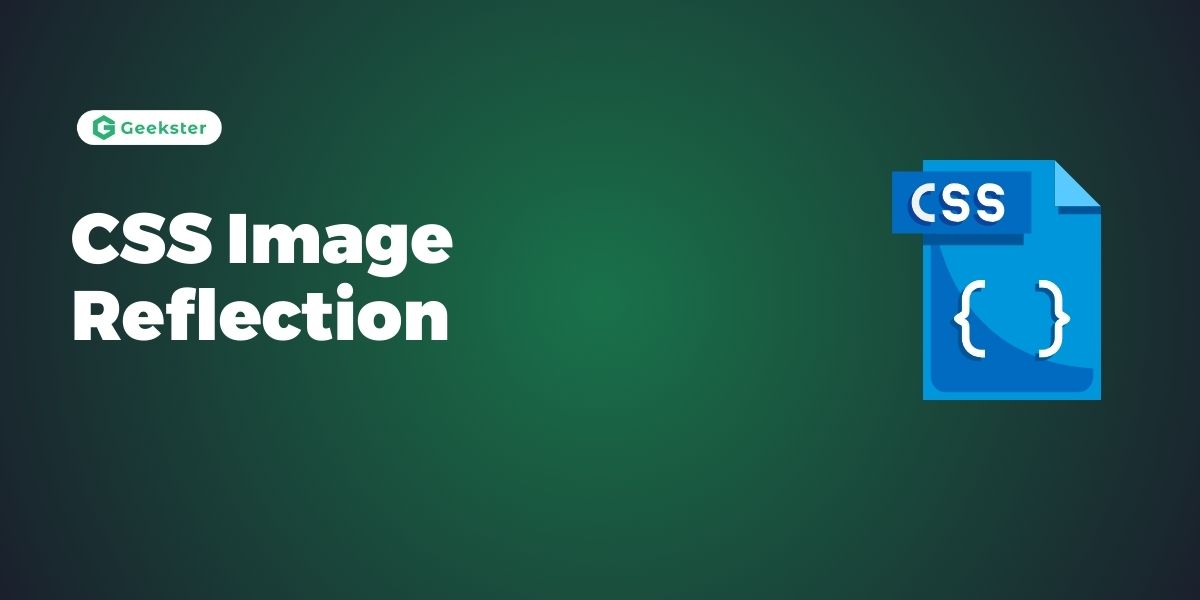Introduction
CSS image reflection is a visual effect that creates a mirror-like reflection of an image below the original image. This effect is achieved using the reflect value of the box-reflect property in CSS. When applied to an image, it creates a mirrored reflection of the image below its original content, giving it a reflective appearance. The box-reflect property allows developers to control the size, offset, and direction of the reflection, providing flexibility in styling and customization.
Features of CSS Image Reflection
- Visual Effect: It creates a mirror-like reflection of an image below its original content.
- CSS Property: This effect is achieved using the
box-reflectproperty in CSS. - Value: The
reflectvalue of thebox-reflectproperty is used to specify the reflection effect. - Styling Options: Developers can customize the size, offset, and direction of the reflection using additional parameters of the
box-reflectproperty. - Browser Support: It’s important to note that browser support for CSS image reflection may vary, and not all browsers may support this feature.
.
CSS Image Reflection
The box-reflect property in CSS is utilized to generate image reflections.
- Property Usage: Developers employ the
box-reflectproperty to implement image reflections within CSS. - Values: The
box-reflectproperty accepts several values, includingbelow,above,left, orright. These values determine the direction of the reflection.
By setting the appropriate value for the box-reflect property, developers can control the placement and orientation of image reflections, enhancing the visual appeal of images on web pages.
Here we want the reflection below the image:
img {
width:300px;
-webkit-box-reflect: below;
}Output

For the reflection to the right of the image:
img {
-webkit-box-reflect: right;
}For the reflection below the image, with a 30px offset:
img {
-webkit-box-reflect: below 20px;
}Conclusion
CSS image reflection is a valuable styling technique that adds depth and visual interest to images on web pages. By creating mirror-like reflections, developers can enhance the overall aesthetic appeal of their websites or applications. However, it’s crucial to consider factors such as browser support and performance optimization when implementing CSS image reflections. With careful design and consideration, CSS image reflections can significantly enhance the user experience and make web content more engaging and visually appealing.
Frequently Asked Questions
CSS image reflection adds depth and visual interest to images, creating a reflective surface that enhances their appearance and draws attention to the content.
Browser support for CSS image reflection may vary, with some older or less commonly used browsers possibly lacking support. It’s essential to test the reflection effect across different browsers to ensure a consistent user experience.
Yes, developers can customize various aspects of it such as the direction, size, and transparency of the reflection, to match the overall design aesthetic of a website or application.

